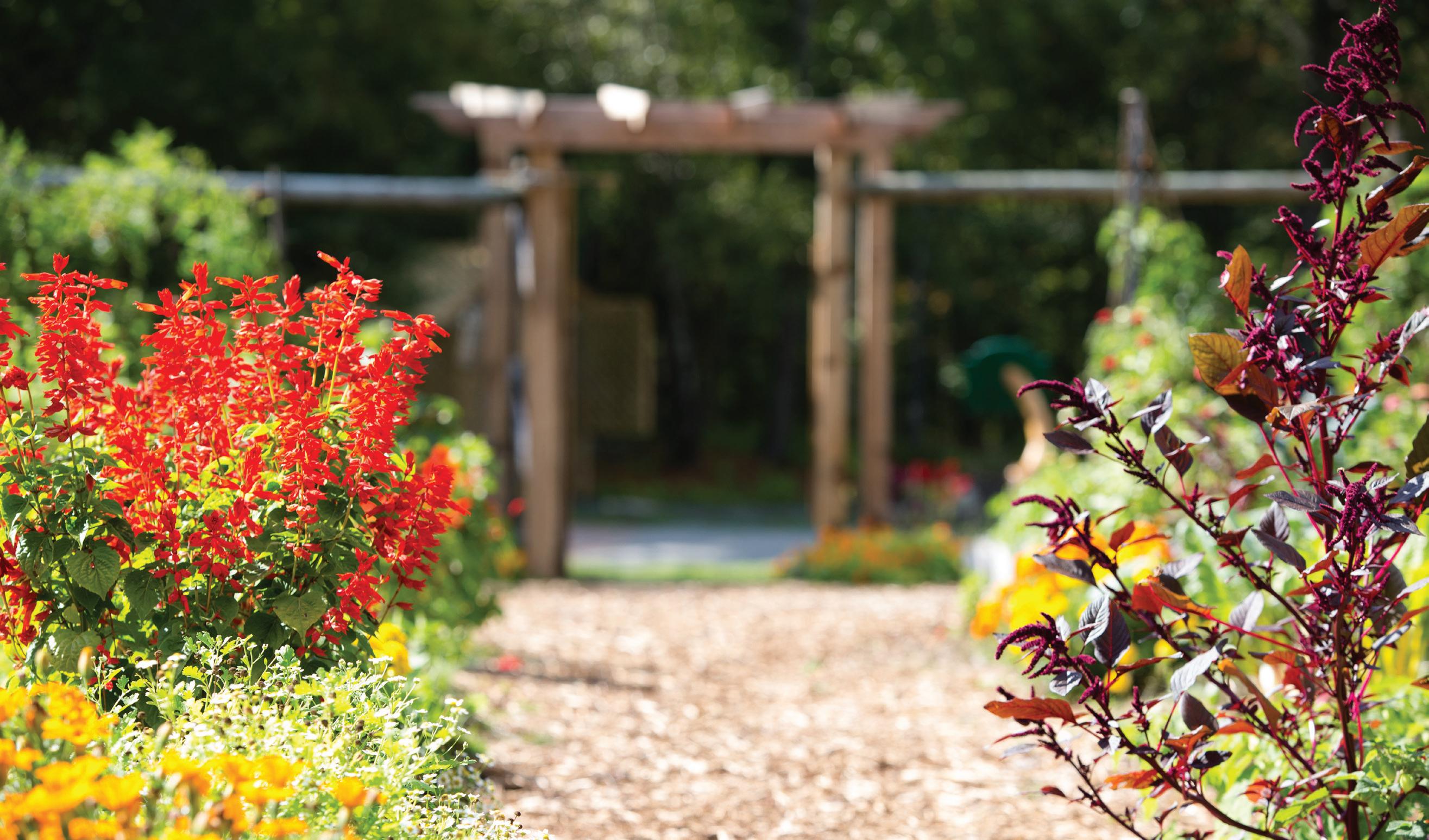
3 minute read
DownFarm on the
Sustainable growing at The Lodge at Woodloch


Nestled between the conifers and deciduous towers there’s a plot of land carved out of The Lodge at Woodloch’s property- The Blackmore Farm. It’s about a ten minute walk from the main building of the destination spa resort. What started as an herb garden about a decade ago has morphed and grown into a full production, biodynamic and diverse farm fitted with year-round high tunnels, and hoophouse. The farm-to-table dinners hosted there are as authentic as it gets.
The farm produces food. Food that is good for you, food that is cared for from seedling to plate. The philosophy of the Blackmore Farm is to give back to the environment first before ever receiving its bounty. They say they feed everything- from the soil’s microbes and earthworms, to the bees and butterflies, all the way up to the birds, deer, and yes, even you and me. It’s akin to a term bandied around called “sustainable agriculture.”
Sustainability is a broad term, but this technique generally refers to the farming practices that incorporate and prioritize the ability to maintain a process over time- one that prioritizes natural and renewable resources over synthetic inputs like fertilizers and pesticides. Using the land as its intended, to perform indefinitely, providing food and fiber to meet the needs of the present and the needs of the future.
Being nestled between the tall trees is no accident; it’s biodesign. The interconnectedness of the forest is critical to its own sustainability and lends itself to the farm as well. The undersoil communication network of roots, mushrooms, and subterranean creatures feeds the whole system in ways that a blazed desolate field cannot.
It's not just a farm, it's an ecosystem. Within the high tunnels on the farm, the system is complex, yet the mindset is simple.
“If you like a plant, let it reproduce. If you don’t like a plant, don’t let it reproduce” says Derrick Braun, the FARMicist, at Blackmore. It’s as simple as that, order out of chaos. He quotes Emerson, “a weed is a plant whose virtues are not yet recognized.” The same can be said outside of the high tunnels. The eight or so acres of space the farmers are currently working with have expanded to include an apple and pear orchard with a strawberry patch – all of which should be producing fruit this year.

To get to the orchard, you’ll have to meander past the mushroom logs along the way, where Derrick and Sam Lindenmuth (the DIRT Dr.) along with Sarah Boysen and Stefani Fabiano had propagated 60,000 shiitake spores over the past few years. The apiary sits on the edge of the orchard, and while the honey is a nice addition, it’s the explorative work of the bees that’s of critical value.
More and more, we all want to know exactly where our food is coming from and how it is getting to the table.
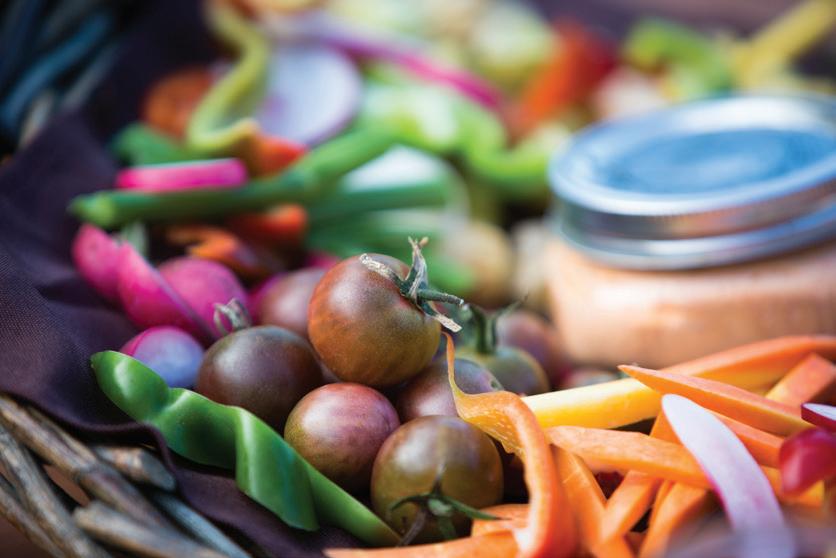
Collectively, we have been mainstreaming the idea that it’s no longer just important to know WHAT we’re putting in our bodies but also WHERE it’s coming from and how it was cared for. And with that, it just tastes better.
The tenets of sustainability are evident throughout the farm. As the farm-in-the-trees promotes agroforestry, the cover crops offer natural barriers to pests and the natural order to the chaos renders the workload very manageable. The reduction of tilling and offering a diversification of crops keeps the soil healthy and long-lasting.
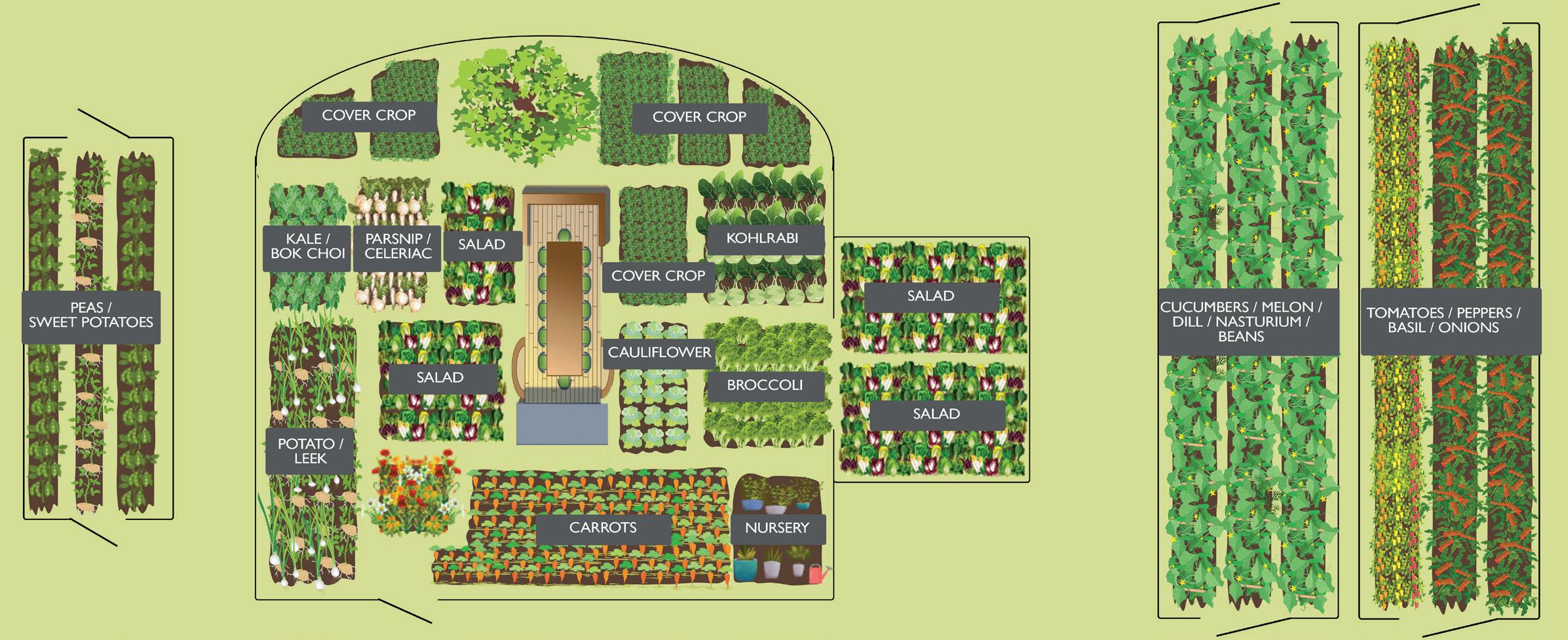
Today, the little herb garden is no more. Instead, we see a full-blown production garden that supplies so much of the plant-based ingredients offered to guests who dine in TREE at The Lodge at Woodloch as well as, at times, the other kitchens around Woodloch (not to mention the teas, herb-therapeutics, and spa treatment offerings). Supported by the commitment, heart and care of the dedicated farmers at Blackmore, the sustainability of this garden goes well beyond its plants.
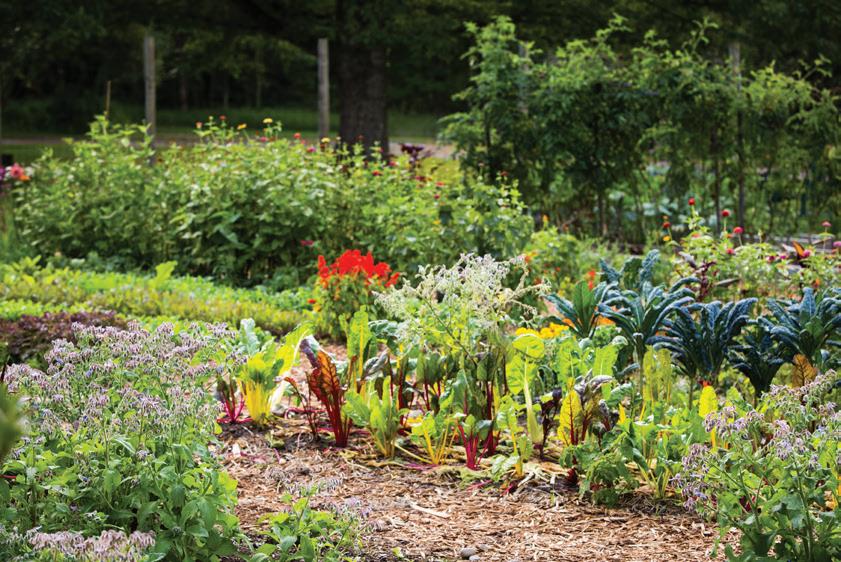
Raspberry Thumbprint Cookies

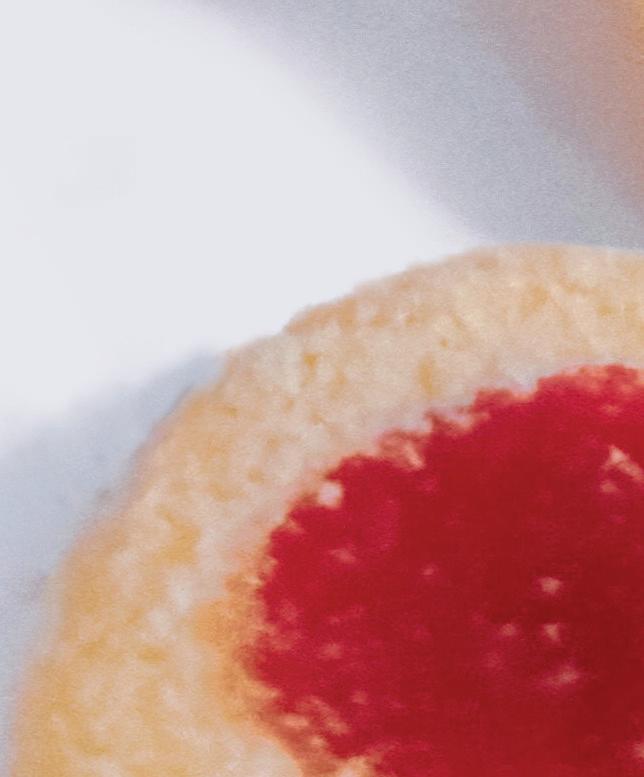


Makes 18-24 Cookies
1 large egg, divided
1/2 cup butter, softened
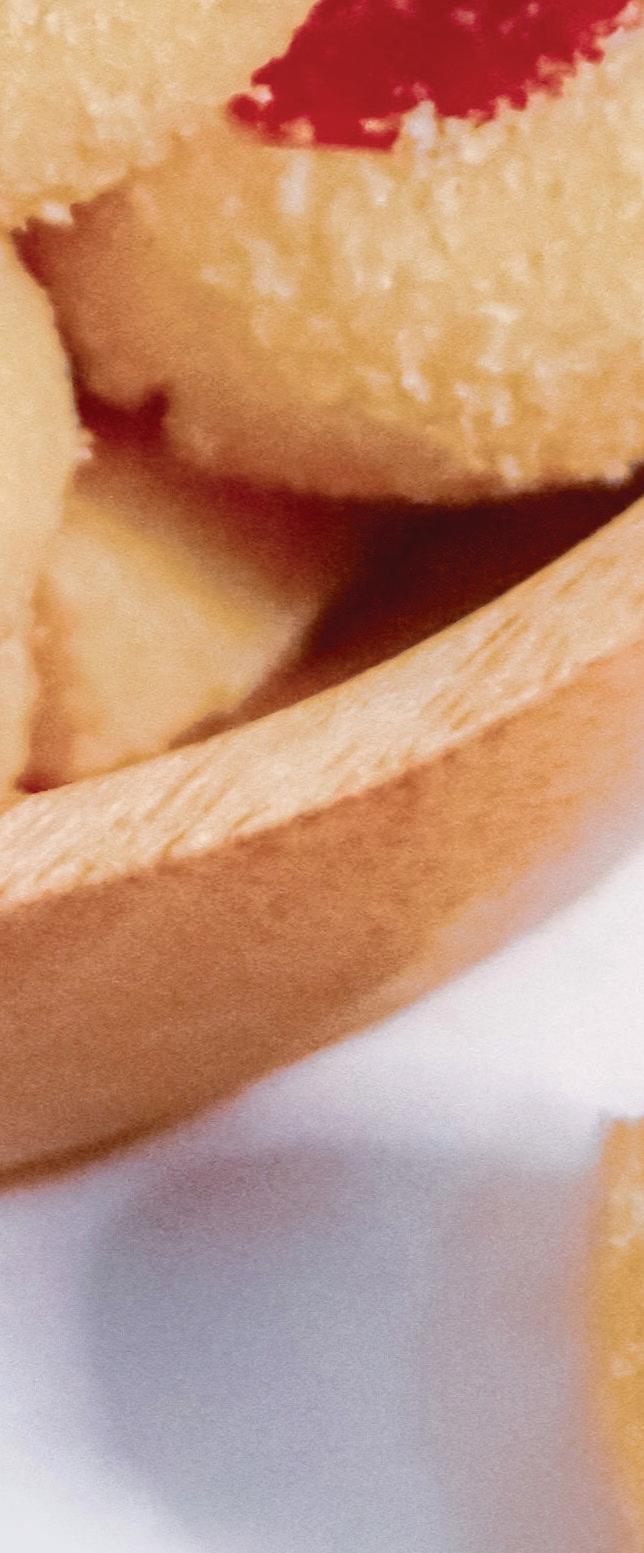

1/4 cup brown sugar, packed
1. Whisk egg white in mixing bowl.

1 cup flour
1/2 tsp. vanilla
1/4 tsp. salt

2/3 cup raspberry jam

2. Cream butter, brown sugar, and egg yolk. Mix until incorporated.
3. Add whisked egg white, flour, vanilla, and salt. Mix until incorporated.
4. Scoop 1 ½ inch balls on greased baking pans.
5. Bake at 300 F° for 5 minutes.
6. Remove cookies from oven and press thumb or pestle to make an indent in each cookie, then spoon jam into the indent.
7. Return to oven for additional 8 minutes. Cool on cookie rack.










